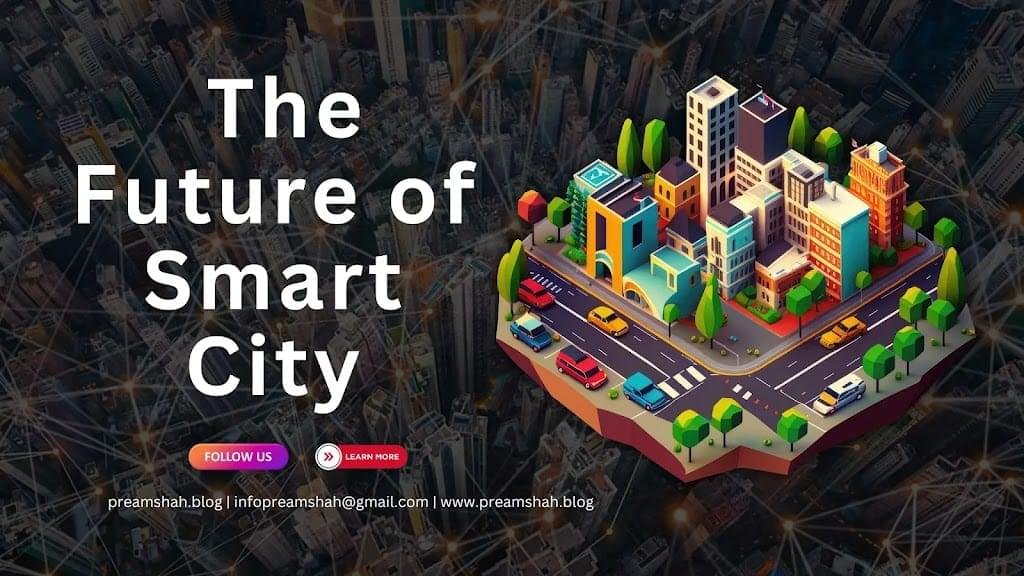The concept of smart cities has evolved significantly over the past decade. As urban populations continue to grow, the need for sustainable, efficient, and technologically advanced cities has become more pressing than ever. The future smart city promises to integrate cutting-edge technology, green initiatives, and data-driven infrastructure to enhance the quality of life for its residents. In this blog, we will explore the key components, benefits, and challenges of future smart cities, and how they will shape the urban landscape in the years to come.
What is a Smart City?
A smart city leverages digital technology, IoT (Internet of Things), AI (Artificial Intelligence), and Big Data to optimize city services, reduce environmental impact, and enhance urban living. These cities focus on connectivity, automation, and sustainability to improve the efficiency of transportation, energy usage, healthcare, and more.
Key Components of Future Smart Cities
1. IoT and AI Integration
The foundation of smart cities lies in IoT and AI, which work together to create interconnected systems that improve efficiency. Sensors, smart grids, and AI-powered analytics will enhance urban planning and resource management. For example, AI-driven traffic systems can reduce congestion and optimize public transport routes in real time.
2. Sustainable Energy Solutions
Future smart cities will prioritize renewable energy sources such as solar, wind, and hydroelectric power. Smart grids will distribute energy efficiently, reducing waste and lowering costs. Energy-efficient buildings with smart lighting and climate control will further contribute to sustainability.
3. Smart Transportation Systems
Autonomous vehicles, electric buses, and AI-based traffic management systems will redefine urban mobility. Integrated public transport systems, combined with real-time data analytics, will reduce travel time and carbon emissions, making commuting seamless and eco-friendly.
4. Digital Governance and E-Services
Governments in smart cities will use digital platforms to provide services such as e-governance, online permits, and digital identification. AI-powered chatbots and automation will enhance citizen engagement and streamline administrative processes.
5. Green and Sustainable Infrastructure
Future cities will incorporate vertical gardens, green roofs, and eco-friendly construction materials to combat urban heat islands and promote biodiversity. Smart water management systems will ensure efficient water distribution and reduce wastage.
6. Enhanced Public Safety
AI-powered surveillance, predictive policing, and smart emergency response systems will ensure urban safety. Drones and IoT-connected devices will help monitor and respond to emergencies faster than traditional methods.
Benefits of Future Smart Cities
Increased Efficiency: Automation and AI will optimize urban services, reducing energy consumption and costs.
Challenges and Considerations
Despite their potential, smart cities face challenges such as data privacy concerns, cybersecurity threats, and high implementation costs. Governments and stakeholders must work together to ensure a balance between innovation and ethical considerations.
Conclusion
The future smart city represents a revolutionary transformation in urban living. With the integration of AI, IoT, sustainable energy, and smart governance, these cities will create a more efficient, livable, and eco-friendly environment. While challenges exist, strategic planning and investment will pave the way for a smarter, more sustainable future.




Pingback: 5 Amazing Bass Boat Technologies to Elevate Your Fishing